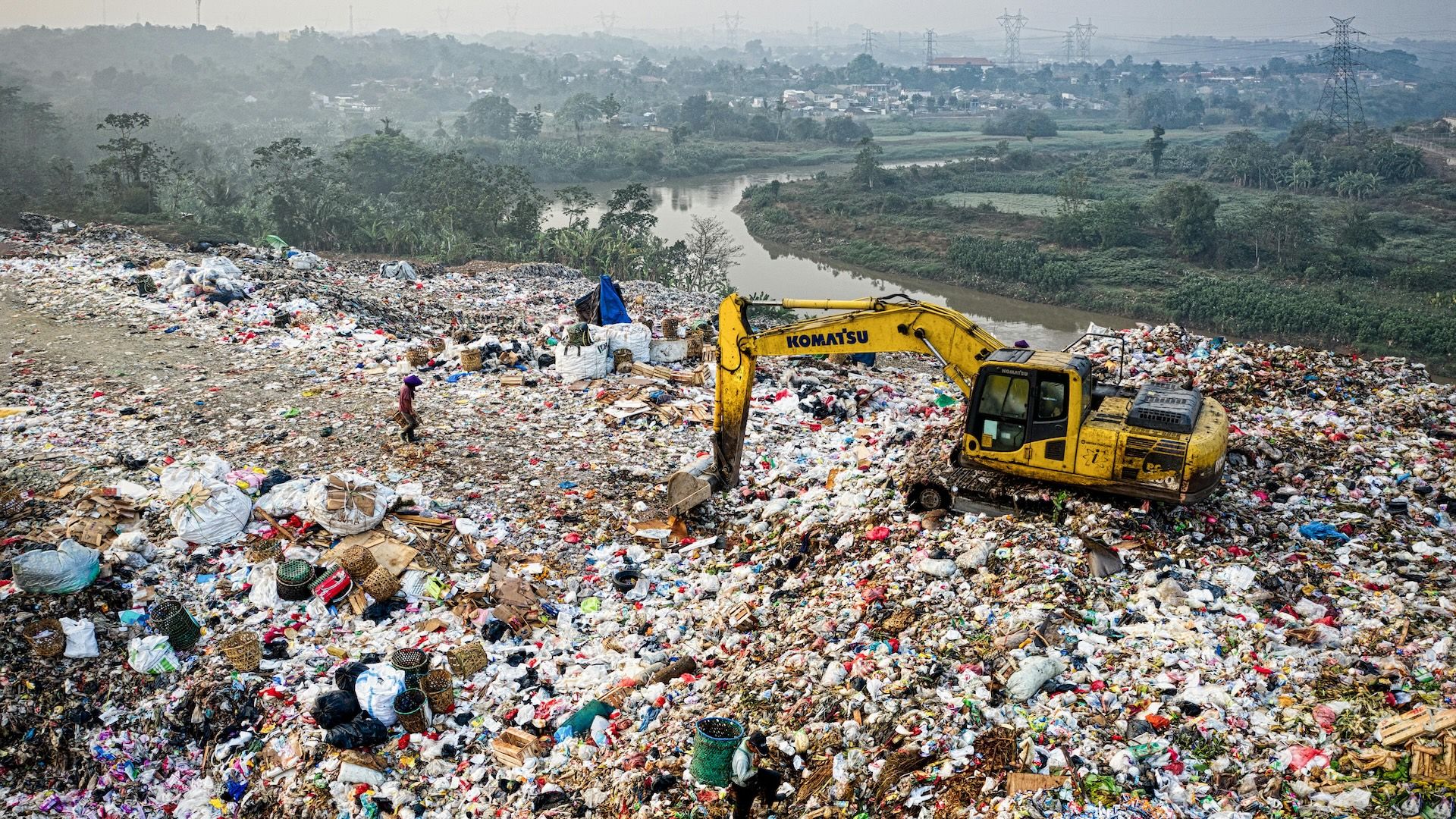Views from Above: SOHSHU MARU (LNG tanker), The Bahamas
It’s no secret that Climate TRACE uses satellites to identify and observe source activity — and then correlate that activity with emissions estimates. But what do the satellites actually “see”? And how do we translate activity observations into emissions numbers? In this series, Views From Above, we’ll unpack these questions, one source at a time. In this edition, we spotlight the LNG tanker SOHSHU MARU.

image source: Kawasaki Heavy Industries, Ltd. (link)
What is it?
* SOURCE NAME: SOHSHU MARU (LNG tanker)
*** SECTOR / SUBSECTOR:**Transportation - Shipping
*** COALITION SECTOR LEAD:**OceanMind
* FLAG STATE: The Bahamas
* DESCRIPTION: Built in 2019, SOHSHU MARU is an LNG tanker with a carrying capacity of 177,269 cubic meters of liquid gas. Prominent Japanese companies Jera and MOL — which specialize in power generation and transportation/shipping, respectively — currently own the ship in a joint venture.
Observing emissions-causing activities
Shipping sector data lead OceanMind collects SOHSHU MARU activity data (i.e., its location at points in time) from the ship’s automatic identification system (AIS). OceanMind uses this information to estimate distance traveled (in nautical miles) and average speed for the segment (in nautical miles per hour). During one time stretch, the SOHSHU MARU circumnavigated the world in under 80 days (71 days, to be exact), pausing at certain major ports in between stretches of trans-oceanic cruising. During this voyage alone, the ship covered almost 27,000 nautical miles.

Associating observed activity with relevant emissions factors
An OceanMind machine learning (ML) model utilizes EU MRV data that predicts emissions factors for the SOHSHU MARU in kg of CO2 per nautical mile (kg CO2/NM), based on ship characteristics such as vessel size, engine power, year built, speed, and other factors. When traveling at its average cruising speed of 17.5 NM/hour, SOHSHU MARU emits an estimated 604 kg CO2/NM, or 10,570 kg CO2/hr. By contrast, while in port using only its auxiliary engines, we estimate the SOHSHU MARU emits roughly 1,600 kg CO2/hr, 85% less emissions per hour than when cruising. (In the following image, we can see the SOHSHU MARU at port in South Korea.)

Translating reporting period activity into emissions estimates
From when the SOHSHU MARU went into service in 2019 through EOY 2022, OceanMind and Climate TRACE data model sharp fluctuations in the ship’s activity and emissions. From March to April 2020, the ship’s emissions plummeted an estimated ~50%, likely in association with COVID-related travel restrictions and lockdowns. This was not abnormal. The SOHSHU MARU’s emissions trends show multiple large dips in the emissions over time, which correspond to extended port stays.
By September 2020 later that year, our modeling suggests the SOHSHU MARU’s emissions reached a new high as of that month, when it became the first LNG tanker to resume taking on cargo at the Corpus Christi LNG export plant in Texas, following a temporary hurricane-related closure. (Jera, one of SOHSHU MARU’s co-owners, is also an investor in a Freeport, TX, LNG terminal — in part to supply the Futtsu Thermal Power Station in Japan, one of the world’s largest gas-fired power plants.)

Ready to dig into more? Learn more about OceanMind's shipping sector methodology here, and explore other assets of interest with Climate TRACE’s interactive Emissions Map.


